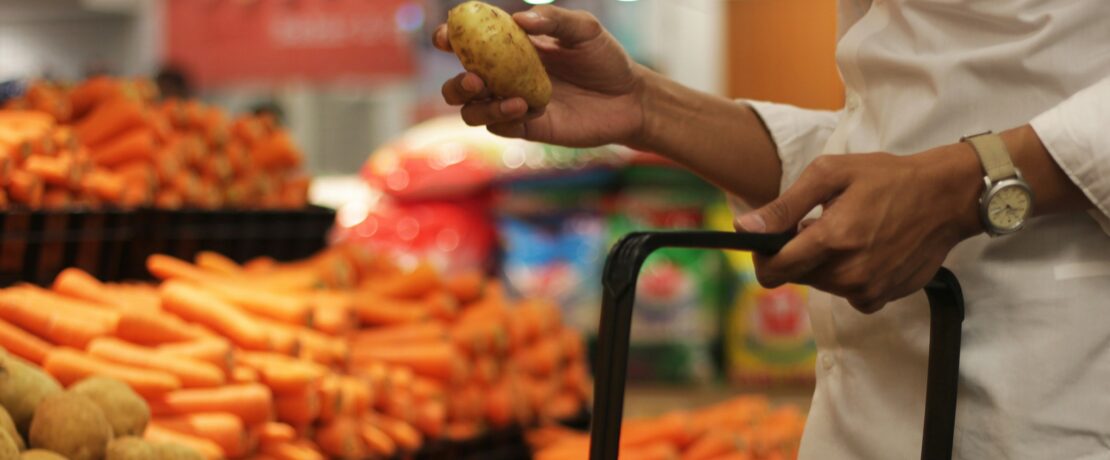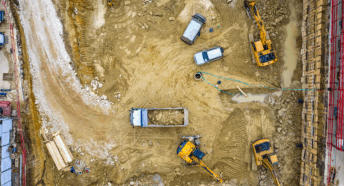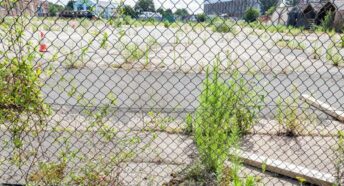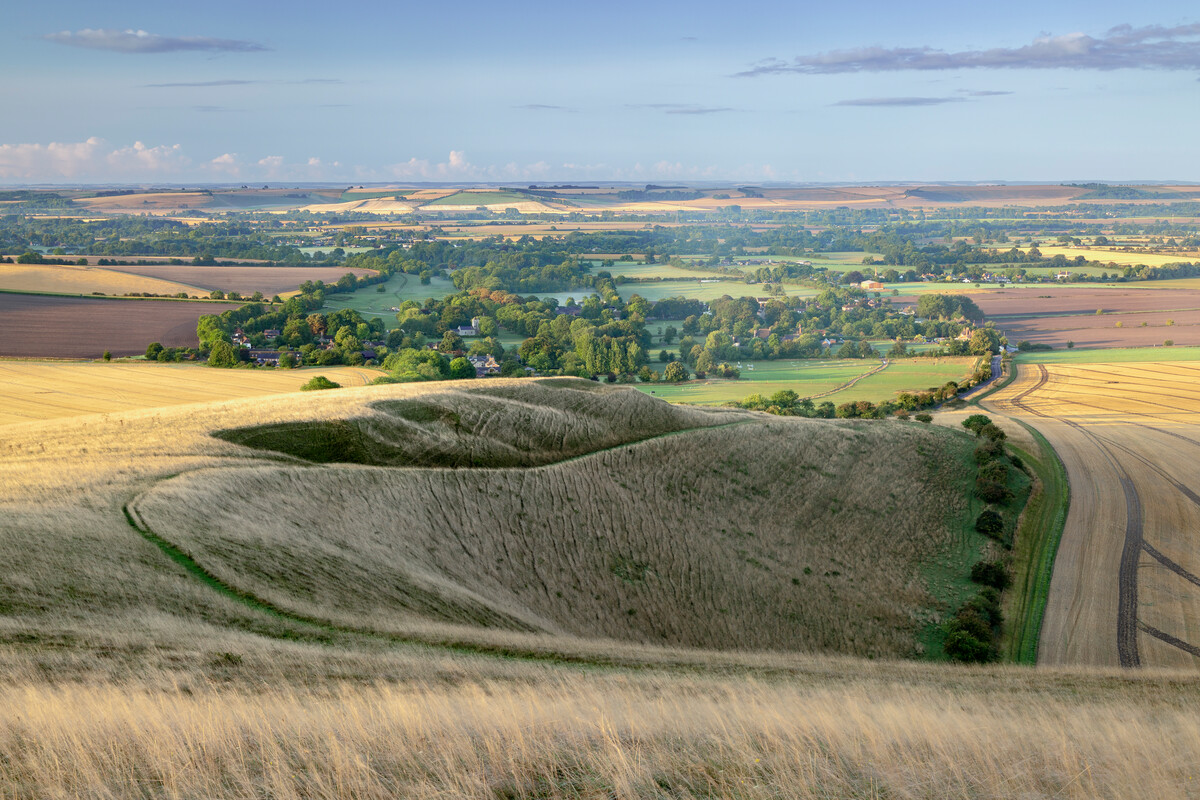What is the new food strategy and what should it deliver?

The government has published the first key part of its ambitious new food strategy to significantly change our relationship to food and how it affects our society, economy and relationship to the land.
This new strategy sets out the key challenges facing our food system, shares a vision for its future in the UK, and outlines the next steps to achieve its top priorities.
If it gets this right, we can hope to reap the benefits from growing and eating ‘good’ food and stopping the damage ‘bad’ food does to people, nature and the climate.
We’ve been here before. In 2021, Henry Dimbleby published the widely praised National Food Strategy. It was an independent review set up by the Conservative government which then failed to act on it. We’re pleased this government has promised to build on that work, not ignore it. It says this will be a sustained programme for change, not just another policy document. Although this will take longer, it promises to be more far-reaching.
We’re pleased that the food strategy covers four crucial areas: food security, health, economic growth, and environmental sustainability. It treats them not as separate categories, but rather as dependent on one another. We know good countryside stewardship is fundamental to all of these areas, and not least the economy. In 2022, the food farmed from fields, ending up on our plates, added some £150 billion or 6.5% to the UK economy and employed 4 million people.
Over the past few months, CPRE joined workshops and roundtables with experts in food, farming, and the environment. Together, we helped shape the new strategy by identifying key outcomes and actions to deliver them. Below, we explore two of these areas and reflect on how the full food strategy could meet our ambitions.
‘Sustainability’ – saying what will work in the long-term
The term ‘sustainability’ is widely used but rarely well defined. The new food strategy lists ‘environmentally sustainable’ food supply as a priority outcome, which is a welcome step. However, it must clearly state which farming methods are or aren’t sustainable, and how that’s measured. Without this clarity, damaging practices will continue to harm the environment and the nature we depend on.
Although it produces lots of food, its addiction to chemicals has brought multiple side-effects: depleted soils, run-off into rivers, and disappearing wildlife and greenhouse gases. Farming is now on track to be the UK’s largest climate polluter by 2050.
For us, sustainable farming means protecting and nurturing the natural systems that make field-scale food production possible. This includes healthy soil, clean water, natural pollinators and predators, and a stable climate. Many of these vital assets are under threat and are being depleted by conventional chemical farming.
They are inspired by new knowledge emerging of how healthy soils function and how to rebuild them – typically with livestock, more diverse crops, less ploughing and maintaining soil cover. They produce plenty of food with fewer costly inputs and in ways that make their farms more resilient to what nature throws at them, and their businesses more successful. We’d like to see the government invest in regenerative and agro-ecological approaches like these in a drive to transform farming for the next generation.
Sustainable farming should be the foundation of our food system. But without full supply chain support, farmers risk losing out again. The food and retail sectors must back the strategy, not turn to cheaper food produced to lower standards elsewhere. This won’t be easy. However, many major businesses already run their own sustainability programmes (i). It would help if supply chains adopted a shared, agreed measure of sustainability.
Future-proofing our food supply
Say ‘food security’ and many people will think of self-sufficiency and the ability to produce all our own food. But the UK hasn’t been self-sufficient for centuries. In reality, imports from many countries add flexibility and make our supply more resilient. Trade plays a key role in food security. But the world is becoming more unstable, land too is under pressure globally and reliance on imports is becoming riskier. Securing home-grown food is now more vital than at any point in the past 70 years.
We’re pleased the first part of the new food strategy addresses these risks. It includes a priority outcome: ‘resilient domestic production for a secure supply of healthier food’. This must factor in sustainable land use and other systems that help maintain long-term food production. Business-as-usual farming, which drives ever more intensive production on shrinking land, isn’t the solution. Especially now, farmers are routinely suffering from extreme and unpredictable weather.
Climate change is the ultimate threat and emissions are yet to fall.
We should be mapping out the land and soil under a range of climate scenarios (including the worst case) to protect them from activities that can permanently destroy their potential to produce food. The inherent risks and uncertainty means we need buffers of land and spare capacity – a ‘just in case’, not ‘just enough’ model.
In order to tackle the multiple pressures facing the countryside, we urge the government to ensure that the food strategy as a whole is joined up with other policies in planning, housing, energy and transport.
Endnotes
(i) See for example Marks and Spencer’s Sustainability | Marks & Spencer or Tesco Planet









